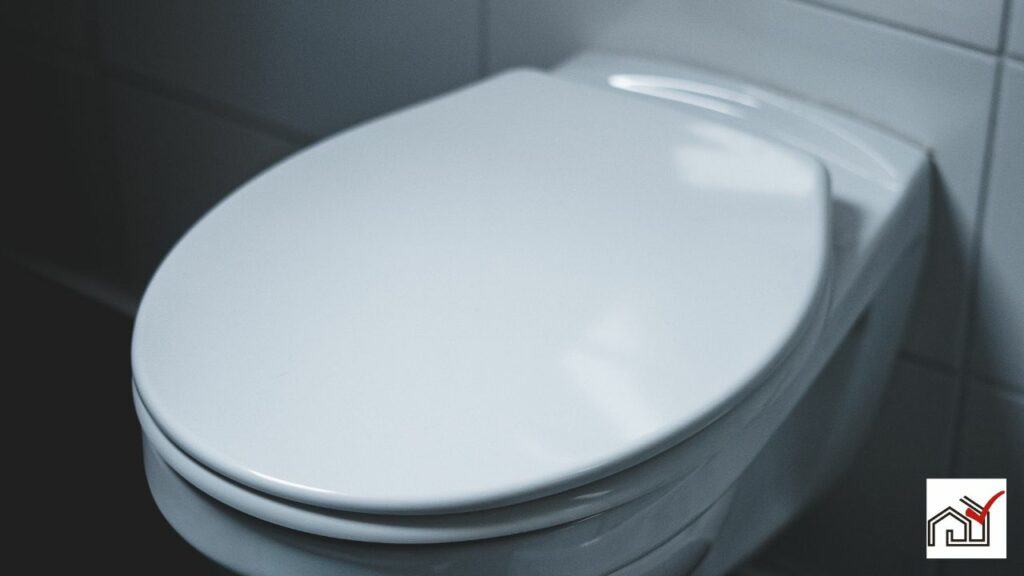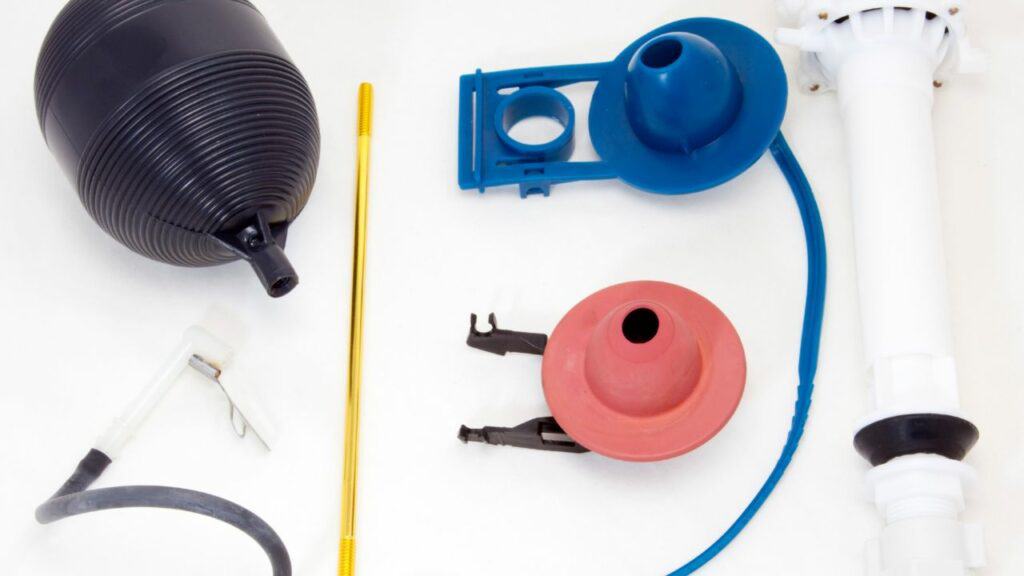The average weight of a standard one-piece toilet is about 100 pounds due to its combined tank and bowl.
A two-piece toilet has separate parts, with each piece weighing around 50 pounds.
These weights can vary depending on the toilet's material, brand, model, and design.
Knowing the weight is important for safe handling, transportation, and to determine if installation requires extra support.
Installers should be aware of the toilet's weight specifications.
Determining Toilet Weight
To determine a toilet's weight, consider its type, material, and design. Standard toilets vary in weight based on their construction and material. Porcelain toilets are heavy and durable.
One-piece toilets, which integrate the bowl and tank, weigh around 100 pounds. Two-piece toilets, with separate bowl and tank, have components weighing about 50 pounds each, making them easier to handle and install.
Wall-hung toilets may weigh less but require a strong wall support system. Comfort height toilets, being taller, may be heavier than standard ones.
Toilet weights vary by brand and manufacturing process. For precise weight information, refer to the product's documentation or manufacturer's specifications.
Variations in Toilet Types
Toilet types vary in weight due to design and materials. One-piece toilets, combining tank and bowl, weigh around 100 pounds on average. Two-piece toilets, with separate bowl and tank, are lighter, each part weighing about 50 pounds. When put together, they are stable and durable.
Material choice affects weight; toilets are often made of vitreous china or porcelain. Taller Comfort Height toilets are heavier, while smaller models are lighter. Wall-mounted toilets require a steel frame for stability, which adds weight. Smart toilets, with extra features, also show a range of weights. These options reflect the variety available to consumers.
Installation and Handling
Different toilets have varying weights, making it important to handle and install them correctly to avoid accidents and damage. A single person can often lift the parts of a two-piece toilet, but one-piece toilets are heavier and usually need more than one person.
Toilets are made from different materials and designs. Even lighter models must be handled with care to prevent injury or damage. Wall-hung toilets are lighter but still need careful installation to make sure they are secure.
Before installing a toilet, understand the weight and how to move it safely. Toilets can be heavy and awkward, and porcelain can chip or crack if not handled carefully. Use tools like a hand trolley or wheelbarrow to move toilets when carrying isn't practical.
Always consider the toilet's weight and use safe lifting techniques during installation. Ensure a good grip and use proper body mechanics. Plan the path and placement before lifting to avoid risky situations.
Following these steps will allow for safe and efficient toilet installation.
Factors Influencing Weight
The weight of a toilet is influenced by various factors such as its material, size, design, and construction. Porcelain toilets, particularly those made of vitreous china, tend to be heavy because porcelain is a dense material. The weight of a porcelain toilet can vary depending on its make and model due to differences in the manufacturing process. Standard toilets are generally heavier as they use more porcelain to ensure durability and longevity.
Toilet size and design also play a role in determining weight. Taller toilets, known as comfort height toilets, require more material and therefore tend to be heavier. On the other hand, smaller and more compact toilets are designed to be lighter, which not only helps in saving space but also makes installation easier.
The type of toilet, whether it is a two-piece or a one-piece design, also affects weight. Two-piece toilets consist of a separate tank and bowl, making them easier to lift and handle during installation as these components can be moved independently. While each piece may be lighter, the combined weight can still be equal to or greater than that of a one-piece toilet. Additionally, different brands and models may prioritize sleek, lightweight designs or incorporate additional features that can increase the weight.
Comparatively, wall-hung toilets are typically lighter than floor-mounted toilets. However, it's important to consider the weight of the mounting system once the toilet is installed. When evaluating toilet weight, it is crucial to take into account not only the porcelain fixture itself but also the installation hardware.
The Average Person's Lifting Capacity
The average person can lift around 150 pounds safely, which is sufficient for most residential toilets. Two-piece toilets, with separate tanks and bowls, are easier to lift as components are lighter individually. One-piece toilets are heavier due to their integrated design but typically remain within the average person's lifting capacity.
Additional weight from water and a lid, approximately 20 pounds, is not a concern during lifting for installation but should be considered for the overall bathroom floor support.
People should check the weight of the toilet and evaluate their own strength before installation. For heavier toilets, like taller comfort height models, getting help is recommended for safe installation.
Safe Toilet Lifting Techniques
To safely lift a toilet, use correct lifting techniques to prevent injuries. Toilets can be heavy; one-piece models weigh around 100 pounds, and two-piece toilets have parts that are about 50 pounds each. It is best to have two people for the lift. Keep your back straight and bend at the knees, lifting with your legs, not your back. Hold the toilet close to your body to avoid back or spinal injuries.
For moving a toilet over a distance, use a wheelbarrow or hand trolley. This equipment supports the toilet's weight, makes moving easier, and prevents injury and toilet damage.
In short, to safely lift and move a toilet, use proper lifting techniques, have help, and employ moving equipment. This ensures a safe and effective process.




